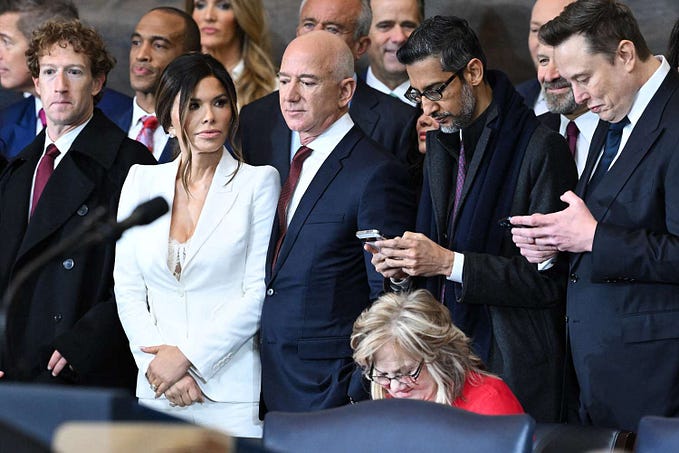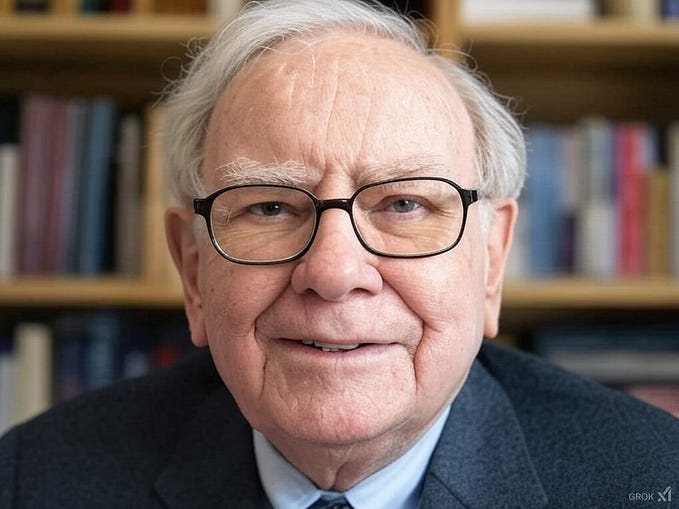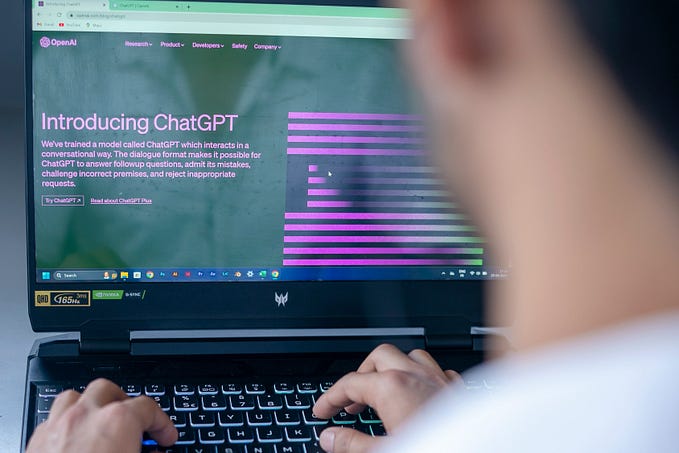
As social media usage increases, journalists are urged to publish information about themselves as a strategy to establish their brands and engage readers. Traditionally, newsrooms haven’t always taken the lead to assist journalists in protecting their personal social media accounts.
When covering the COVID-19 pandemic, Bhekisisa, a news organization dedicated to social justice and health, began to experience severe online abuse, particularly as public health measures like mask use and immunizations were put into place. Bhekisisa contacted the IWMF so that we could aid in enhancing its online safety and developing policies against online abuse.
The IWMF talked to Mia Malan, Editor-in-chief and Executive Director at Bhekisisa, about how digital safety to protect staff against online violence was determinant to carry on with their jobs.
Content warning: This post contains mentions of sexual assault and death threats.
IWMF: What do your newsroom’s journalists think about online violence, and how does it influence them?
Mia: Because of the nature of the reporting we do, especially during the COVID pandemic, Bhekisisa and its staff have become the target of online hate and threats. Some of our journalists experienced personal insults directed at them and their family members and at least two of our staff were inundated with rape and death threats. Our journalists were not really sure what to do about the online abuse and responded by either ignoring it, muting the trolls, or blocking those who were particularly persistent in their threats of violence. We also received threatening emails, which we saved through filters in case we ever need to go back and collate the information.
All three of our lead COVID reporters were women, which led to the kind of online violence they experienced being even worse: they faced sexist remarks, gender-based violence threats and often also tasteless comments about the way they dressed or looked.
These threats took an immense emotional toll, especially on the journalists who were directly targeted, so it was important for our newsroom to find professional help to learn how to deal with the online abuse. We did this through seeking the support of the IWMF who helped us create policies and provide training to our staff. We also got the help of a consultant to create a frequently asked questions document that we published on our website to explain how we make editorial decisions and what measures we have in place to prevent editorial inference of donors.
What are the most difficult obstacles your newsroom encounters when dealing with internet violence?
Mia: Social media plays a vital role in Bhekisisa’s journalism. It allows our staff to engage with readers and helps us to promote our stories and reach new audiences — and we should interact and respond.
But social media, especially Twitter, is also the channel most widely used to spread misinformation and attack those who do the opposite.
Our response to the personalized attacks aimed at our journalists and editor-in-chief has been to not respond, which is sometimes a challenge in itself, as there is a feeling almost of helplessness in the face of the onslaught (which went on for as long as we were reporting on COVID and South Africa’s vaccine roll-out). The staff member responsible for monitoring online trolls said that the days on which she has to capture the data are her “worst days in the office” — so while we recognise the need to document the abuse, it certainly isn’t easy for a person to have to read through it and record it.
As a result of the training and the policies in place our journalists have said they feel safer and more equipped to respond to online abuse and to defend both themselves and Bhekisisa.
Why is it critical for newsrooms to have online abuse rules in place?
Mia: Online abuse can have real consequences. It can have a detrimental effect on victims’ mental health and wellbeing and can prevent staff from doing their jobs effectively. It’s important for newsrooms to have policies in place to address online abuse so that staff know what to do if they receive threats and are the targets of harassment. The policies should detail how to report online abuse and what the organization’s responsibility is as the employer. In our case, the policies the IWMF helped us to put in place gave our staff a clearer idea about how to better protect themselves and where to go for help. Our policy requires our staff to share examples of online abuse which not only helps us to identify common trends but also allows our employees to more clearly see that the target of the abuse is the message rather than themselves. We’ve also included guidelines for how staff can protect their personal accounts. As a result of the training and the policies in place our journalists have said they feel safer and more equipped to respond to online abuse and to defend both themselves and Bhekisisa.
We learned that it’s helpful to think ahead about attacks.
What are the biggest lessons your newsrooms learned by creating a policy/staff survey/risk assessment procedure?
Mia: We learned the importance of having a documented process in place to protect staff personal accounts as well as the organization’s social media accounts. It was also helpful to realize through the process of creating the policy why it’s important to document abuse. During the training, some staff members noted that they often post photos of their family and home activities on social media, so tips like checking content online to see whether a photo gives away their location or home address was an important lesson. We learned that it’s helpful to think ahead about attacks.
How can newsrooms effectively support their journalists and prepare themselves to deal with internet abuse?
Mia: Newsrooms can better support their journalists by accessing professional help that enables them to plan ahead and to make informed decisions about how to deal with the abuse and what happens after the abuse has been documented. What would an appropriate response look like and what measures should be put in place to provide peer support once the online abuse has occurred. It was useful for us to look at what other newsrooms are doing, but we were shocked to find out how few newsrooms have any policies in place to deal with online abuse. Newsrooms should clearly define what constitutes trauma and how to support journalists who may need to go through mental health counseling.
Why should newsrooms collaborate with IWMF and take advantage of the services that it offers?
Mia: Our collaboration with IWMF really changed things in our newsroom with regards to online security, and it also guided us toward what to consider for the mental health of our staff. IWMF pointed us to helpful resources and checklists and conducted invaluable training for our staff which made them feel safer about their online activities. They now feel more informed on what to expect from the organization should violence occur. I am on the council of the South African Editors’ Forum(SANEF) and am the deputy chair of SANEF’s security and wellness committee. I shared with SANEF how IWMF helped Bhekisisa, and as a result, SANEF will now organize for its members (newsrooms in South Africa) to be trained by IWMF.
*The IWMF is dedicated to promoting a culture of change in newsrooms when it comes to tackling online violence. The use of the IWMF’s Guide to Protecting Newsrooms and Journalists Against Online Violence in conjunction with ‘A Mental Health Guide for Journalists Facing Online Violence’ contributes to the increasingly important conversation around online violence and its impact on journalists.
For more information visit www.iwmf.org/programs/online-harassment









